Cruise Performance: One of the most critical phases in the flight of an aircraft is the cruising phase. It’s during this phase that an aircraft spends the majority of its flight time. Understanding the performance of an aircraft during the cruise is essential for optimizing fuel consumption, ensuring passenger comfort, and maintaining safety. This article delves into the complexities of cruise performance and how it affects aircraft operations.
Cruise Performance
1. Basics of Cruise Performance
To start, cruise performance largely determines how efficient and effective an aircraft is during its flight. It encompasses various parameters, including speed, altitude, and engine power settings.
- Cruise Speed: This is the speed at which the aircraft travels during the cruise phase. It’s often less than the aircraft’s maximum speed to ensure fuel efficiency and safety.
- Cruise Altitude: Aircraft often fly at higher altitudes during the cruise phase because the air is less dense, which can lead to improved fuel efficiency.
- Engine Power Settings: During the cruise, the power setting is typically reduced from the takeoff and climb settings to maintain the desired altitude and speed.

2. Factors Affecting Cruise Performance
Various factors can affect an aircraft’s cruise performance:
- Aircraft Weight: As fuel is consumed during a flight, the aircraft’s weight decreases. A lighter aircraft generally requires less lift and thus less thrust, affecting the cruise speed and altitude.
- Aircraft Configuration: The presence of external attachments, like cargo pods or external fuel tanks, can change the aircraft’s aerodynamic properties.
- Atmospheric Conditions: Changes in temperature, pressure, and wind can influence an aircraft’s performance. For instance, a tailwind can increase ground speed, while a headwind can decrease it.
- Engine Performance: As engines wear over time, their performance can degrade. Regular maintenance ensures they remain at optimal efficiency.

3. Types of Cruise
There are several methods to cruise, each with its advantages depending on the situation:
- Long-Range Cruise (LRC): This method prioritizes fuel efficiency over speed. It’s the fastest speed at which the aircraft can fly while still achieving its maximum range.
- Normal Cruise: A balance between speed and fuel efficiency, this method is often used by commercial airlines.
- High-Speed Cruise (HSC): As the name suggests, this method prioritizes speed, often at the expense of fuel efficiency.
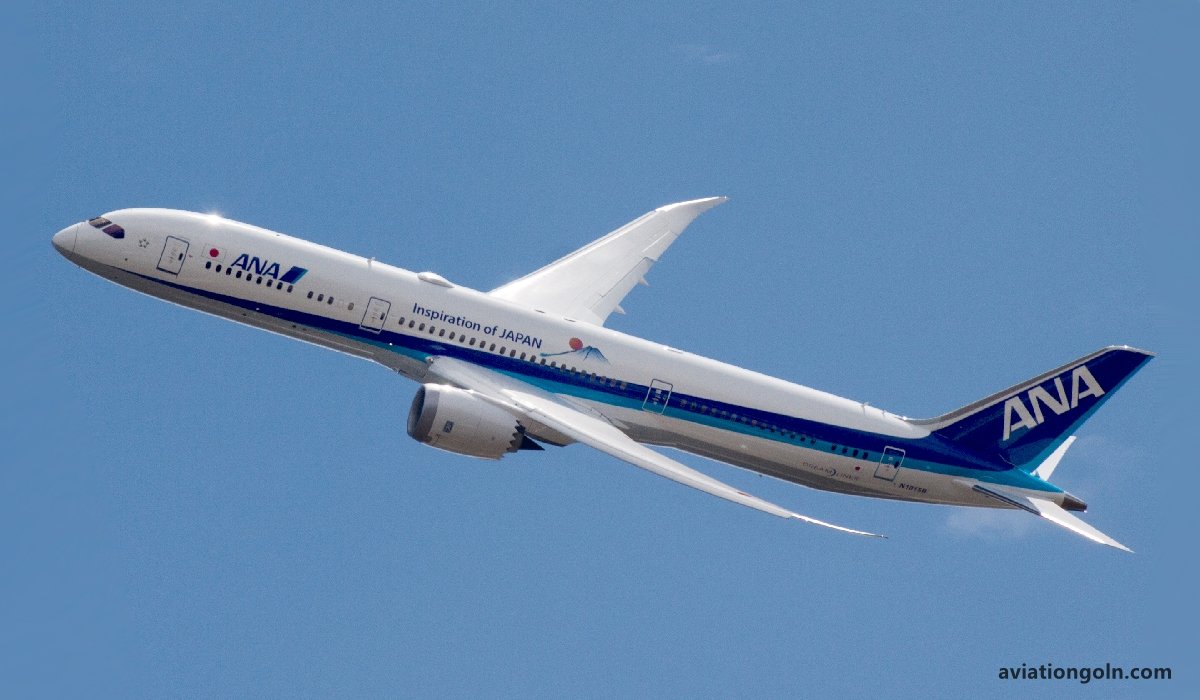
4. Optimal Altitude
Choosing the correct cruising altitude is crucial for optimizing performance. Factors to consider include:
- Fuel Efficiency: Flying at a higher altitude can reduce drag, leading to better fuel consumption rates.
- Turbulence: Clear air turbulence can be more prevalent at specific altitudes. Pilots may choose to fly above or below these altitudes for passenger comfort.

- Air Traffic Control (ATC) Restrictions: ATC may assign specific altitudes to manage air traffic.
- Aircraft Limitations: Each aircraft has a certified service ceiling or the maximum altitude at which it can safely operate.
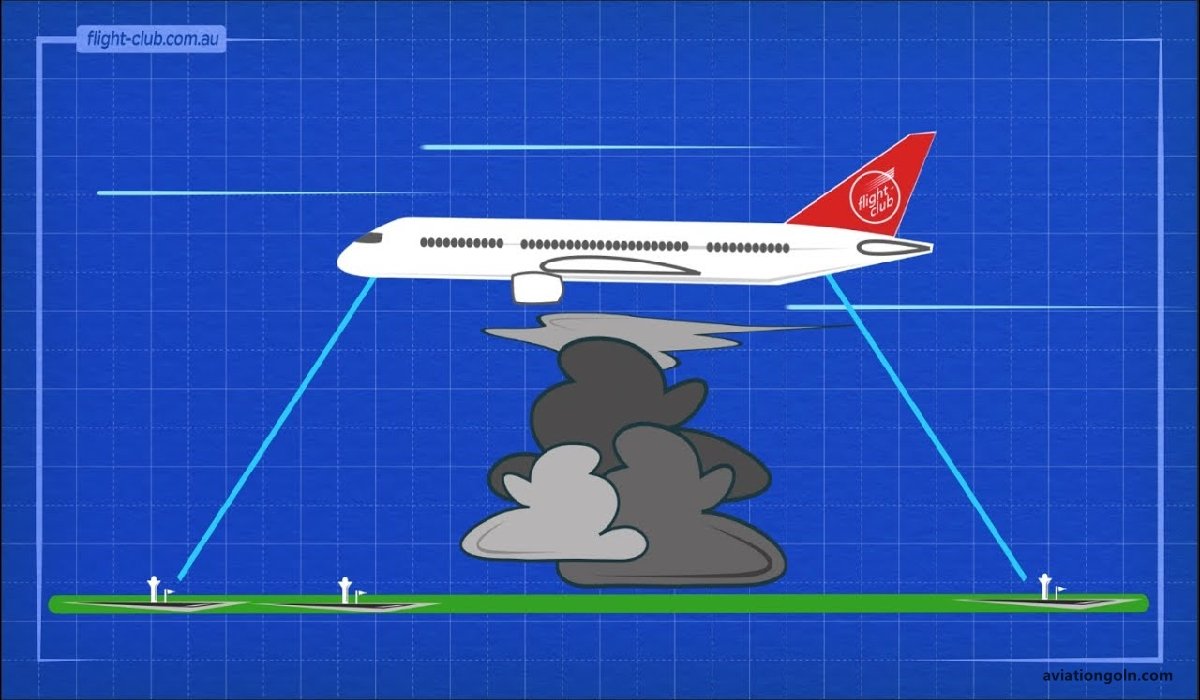
5. True Airspeed vs. Ground Speed
During cruise, pilots monitor both true airspeed (TAS) and ground speed:
- True Airspeed (TAS): This is the actual speed of the aircraft relative to the surrounding air. It’s calculated from the indicated airspeed (IAS) by compensating for altitude and temperature changes.
- Ground Speed: It’s the speed of the aircraft relative to the ground. It’s influenced by the TAS and the prevailing wind conditions. A tailwind increases ground speed, while a headwind reduces it.
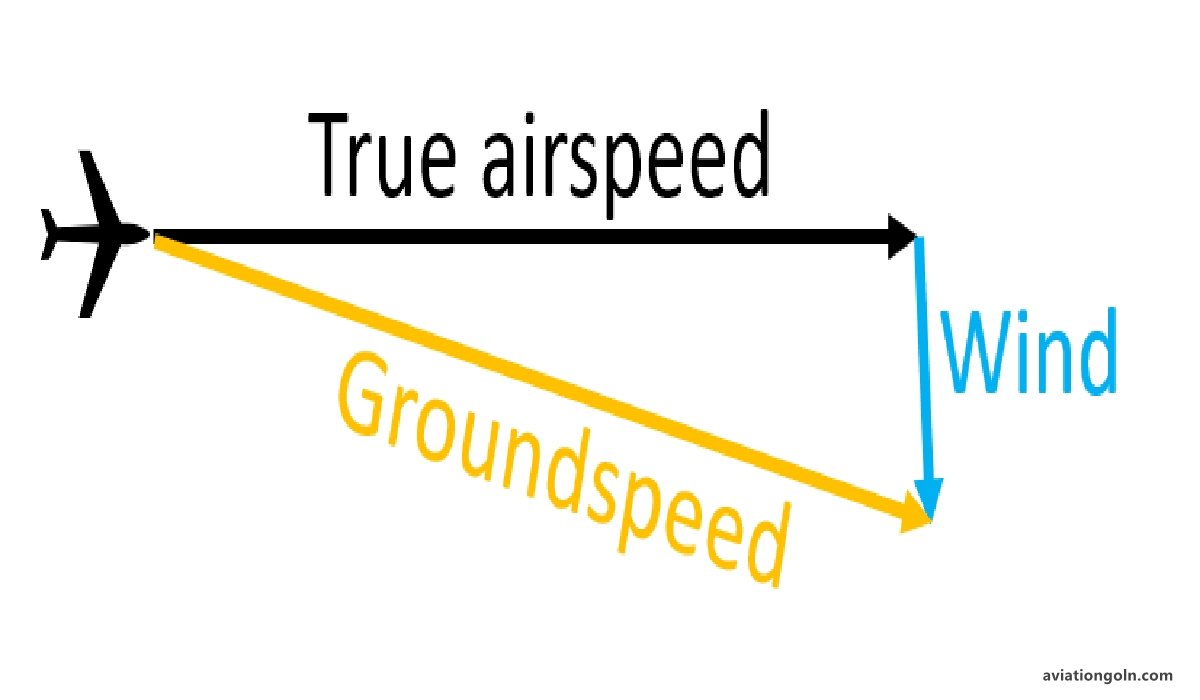
6. Fuel Consumption
Fuel efficiency is a primary concern during the cruise:
- Specific Range: It’s a measure of the aircraft’s efficiency, given the distance traveled per unit of fuel consumed. Higher specific range values indicate better efficiency.
- Endurance: It refers to the total time an aircraft can remain airborne. An aircraft with good endurance can cruise for longer durations on a given amount of fuel.
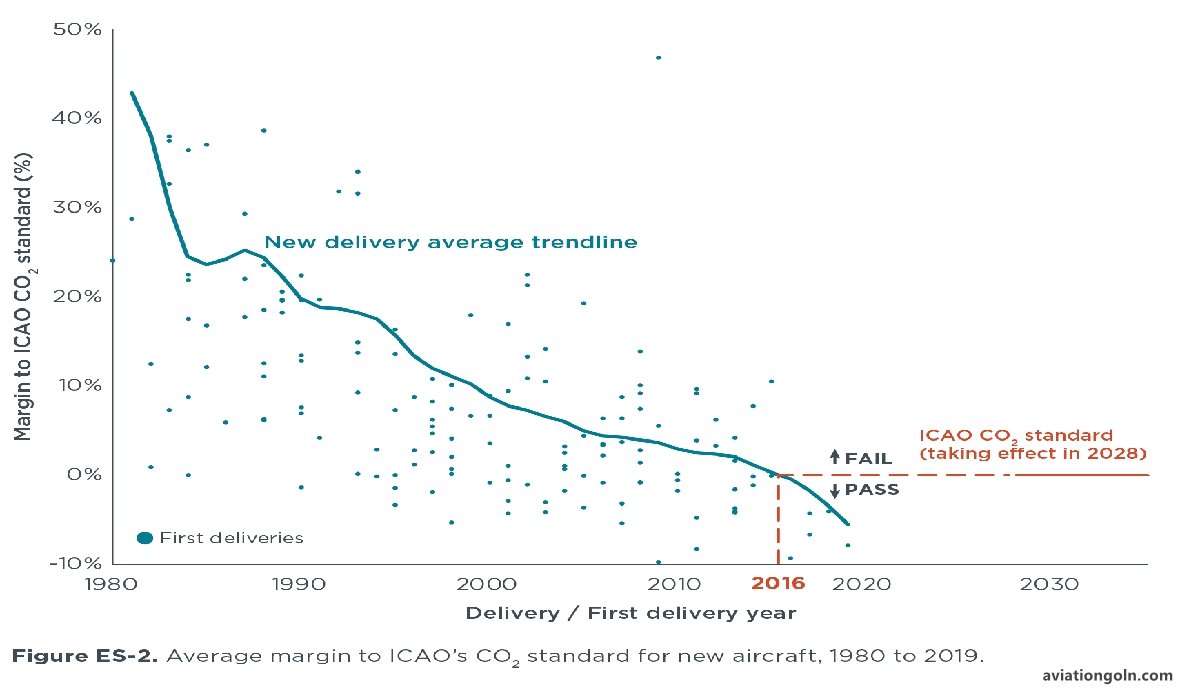
7. Aircraft Performance Charts
Pilots and flight planners often use performance charts to optimize cruises:
- Speed-Power Curves: These charts show the relationship between speed and the required engine power at various altitudes.
- Fuel Flow Curves: Indicate how fuel consumption rates change with different speeds and altitudes.
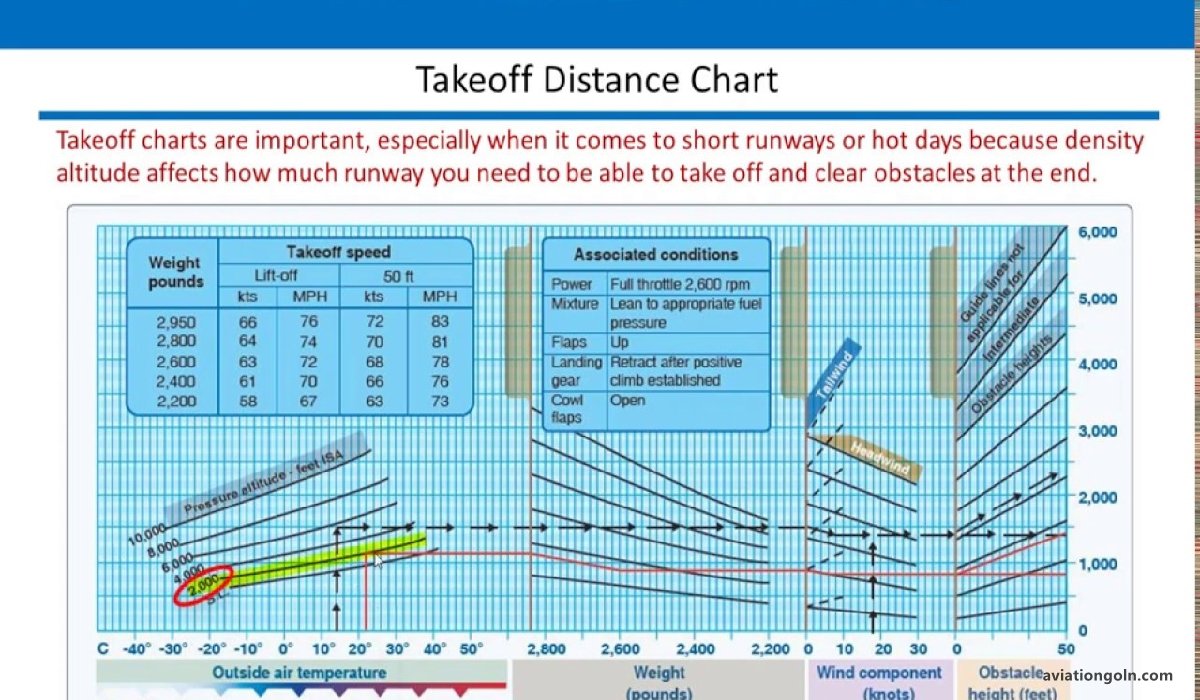
8. Modern Advancements
Technological advancements have significantly impacted cruise performance:
- Fuel-efficient Engines: Modern engines, like high-bypass turbofans, offer better fuel efficiency than older models.
- Aerodynamic Enhancements: Features such as winglets can reduce drag, improving cruising efficiency.
- Automated Systems: Modern aircraft have systems that can automatically adjust engine settings for optimal cruise performance.

Cruise performance is a culmination of various factors and considerations, from aircraft weight to atmospheric conditions. For pilots and airlines, understanding and optimizing cruise performance is crucial for ensuring safety, efficiency, and profitability. With technological advancements and growing knowledge, the future holds even greater potential for refining and enhancing the cruise phase of flight, leading to even more efficient and comfortable air travel.
Read more:
